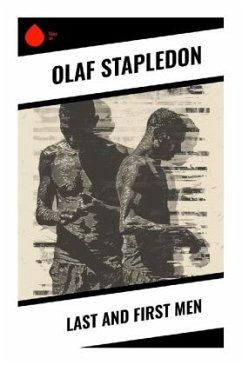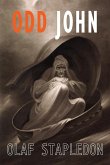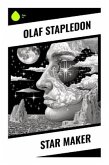In "Last and First Men," Olaf Stapledon embarks on a sweeping exploration of humanity's evolution across vast epochs, offering a narrative that examines the rise and fall of sixteen distinct species of humanity. Written in 1930, the novel is characterized by its innovative narrative style, blending philosophical musings with imaginative speculative fiction. Stapledon's prose is richly descriptive, seamlessly interweaving scientific theory and philosophical inquiry, as he contemplates the future of mankind amidst cosmic forces. This ambitious work showcases a breadth of vision that anticipates modern science fiction while drawing heavily from the literary traditions of utopian and dystopian thought. Olaf Stapledon, a British philosopher and writer, was profoundly influenced by contemporary developments in science and philosophy, particularly existentialism and evolutionary theory. His academic background-most notably his studies in philosophy at the University of Liverpool-imbued him with a deep interest in humanity's place within the universe. The interwar period's socio-political fragmentation also shaped Stapledon's perspective, propelling him to contemplate humanity's fate within a broader, cosmic context. "Last and First Men" is essential reading for any aficionado of speculative fiction or philosophy, as it not only expands the boundaries of the genre but also poses fundamental questions about existence, evolution, and the future of intelligent life. Stapledon's grand vision invites readers to reflect deeply on their own humanity, making this profound narrative timeless and relevant.
Bitte wählen Sie Ihr Anliegen aus.
Rechnungen
Retourenschein anfordern
Bestellstatus
Storno








